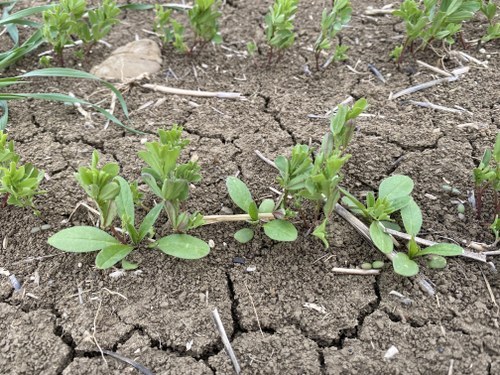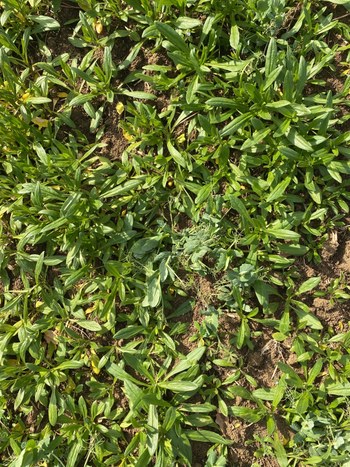
Differently than in previous research where multiple crop combinations have been tested in different environments, in the framework of EU projects such as REMIX, DIVERSIFARM, DIVERIMPACT, the "SCOOP" consortium, which owns an extensive knowledge on camelina, decided to design the intercropping systems based on this oilseed crop.
Particular focus will be given to the evaluation of the ecosystem services linked to the proposed intercrops at soil and microbiome level. Moreover, the setting up of the local living labs, as the venue where to present and discuss with different actors the results of the "SCOOP" project, will permit an easy uptake of intercropping practices in the near future also using other crops than camelina taking advantage from the acquired knowledge.
Last but not least, our research will show the strengths and weaknesses regarding environmental impact, energy efficiency and profitability of the intercropping systems. The main research experiences that can be applied include:

In contrast with most agricultural systems, in natural ecosystems the highest biomass production is achieved through a high genetic diversity of plants and microorganisms involving different complementary functional groups. So now mono-cropping is the norm, and majority of farmers thinks that intercropping is a new technology, otherwise it’s the other way around. Intercropping is defined as the growth of two or more crop species simultaneously (cogrowth) in the same field area.
Intercropping allows growing crops while reducing significantly the need of pesticides and fertilizer, and in some cases also
providing advantages in terms of yield. Thus, intercropping system perfectly fits the aim and scope of
organic agriculture. Currently weed, insect and disease resistance are becoming more and more prevalent.
Intercropping is identified as a tool that can help growing bountiful crops with lower inputs. In this scenario the identification of new crop combinations able to fit into different environmental conditions and cropping schemes and producing healthy and safe food/feed products is of fundamental interest for European agriculture.